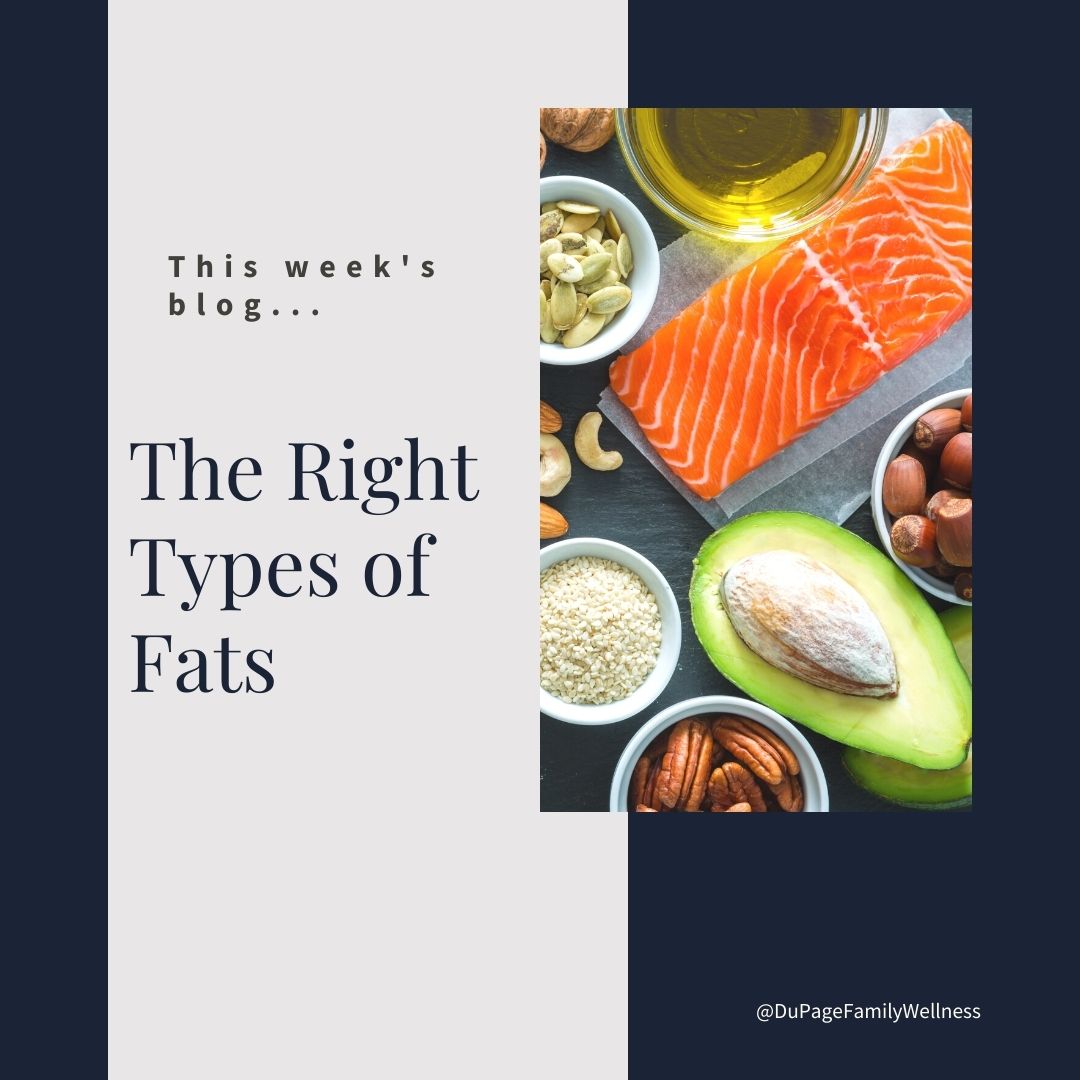 With the beautiful days of spring and summer ahead of us it’s time to get outside!
With the beautiful days of spring and summer ahead of us it’s time to get outside!
Enjoying the weather can naturally lead us to be more physically active, which is good for both our minds and our bodies. Let’s intentionally embrace these opportunities and find pleasure in our movement.
There are ways to incorporate physical activity into your daily life to make it fun, so that it doesn’t feel like work. With so many amazing places to explore, physical activity doesn’t need to be repetitive, boring, or expensive.
Let’s look at some ways to make this a great, active summer!
Incorporate Physical Activity into Your Everyday Life
If you live a busy life and struggle to find time to be active, try to incorporate it into your daily life. You don’t need to set time aside for a long workout when you move throughout the day. Try a few of the following examples this week.
- Choose a parking spot far away from the building when out and about.
- Walk or bike places if possible when running errands, getting together with friends, etc.
- Carry your child or give them a piggy back ride to the car, the lunch table, or bedtime.
- Race up and down the stairs in between other less active pursuits.
- Take the stairs, rather than the elevator.
- Chop your vegetables, instead of using a food processor.
- Talk and walk when getting together with a friend, having a meeting with a coworker, or when taking phone calls.
- Establish the habit of taking an after dinner walk.
Make It Fun
Movement doesn’t have to be hard. Ideally, you should feel energized after physical activity. While you may be a little sore or tired, it should not be something that completely wipes you out or causes you true pain.
Finding movement that you really enjoy will help you to move more consistently. If you find something that is fun you will do it more often. Movement should never turn into something you dread!
First, think about your personality and current needs.
- Do you need some time alone?
- Would you prefer some company?
- Do you need to start small?
- Are you ready for something more intense?
Read more ...
 You might believe that you need to beat yourself up in the gym, but that doesn’t have to be true!
You might believe that you need to beat yourself up in the gym, but that doesn’t have to be true!
We all know that just being at the gym doesn’t mean that you’ll see the results you want. When we don’t see the results, we tend to push harder - going to the gym more, lengthening our working out, increasing the intensity of our training, etc.
But there is another option. You can work smarter, not harder, to get you the results you want.
Let’s explore the best exercises for lasting results where you don’t have to live in the gym!
When You Go to the Gym
If you have been frustrated by not seeing results from your workouts, or even if you are an athlete, you will find the following information interesting.
A meta-analysis of 43 studies had really shocking results! The studies followed overweight and obese people for 3-12 months. People in these studies worked out for 45 minutes 3-5 times a week. This resulted in an average of about 69 hours of exercise over the course of the study. Do you know how much the exercise group lost over that period of time? Only 2.2 lbs.!!! That’s a lot of work for very little results.
So, what specific exercises will get you the results you want? There are two types of workouts that have shown to have great outcomes. These are High Interval Intensity Training (HIIT) and strength training. Besides these, walking and lower intensity exercises can also bring huge benefits.
High Interval Intensity Training (HIIT)
High Intensity Interval Training (HIIT) involves alternating between short bursts of hard, intense exercise and a little lighter form of exercise. This may be running hard for five minutes followed by a walk or jog. It may be working with weights in this fashion as well.
The key is to push yourself hard, followed by a gentler form of movement. This type of workout results in more calories being burned after your workout.
Strength Training
When we say strength training many people immediately think about lifting weights. While lifting is a great way to build strength, you can also build strength through other forms of resistance training.
Body weight training uses your own body weight and gravity. Things such as planks, pull ups, etc. would count as body weight training that takes little to no equipment. Another way to build strength is through resistance bands. This type of workout can be easily done outside the gym in the privacy of your own home.
Read more ...
 Are you afraid to incorporate fats into your diet? Do you believe that eating fat will make you fat? If so, you may eat a lot of chicken breast, steamed veggies, low-fat milk, low-fat yogurt, and salads with fat-free dressing.
Are you afraid to incorporate fats into your diet? Do you believe that eating fat will make you fat? If so, you may eat a lot of chicken breast, steamed veggies, low-fat milk, low-fat yogurt, and salads with fat-free dressing.
You may believe this due to the messages in the media. You’ve likely been taught that eating fat is bad for you, but this is simply not true! Regardless of what the media says, the research is clear.
Eating the right fats will make a HUGE impact on your body, but eating the RIGHT fats is the key!
Let’s explore what fats to eat and which to avoid.
We need HEALTHY fat
There are several essential fatty acids that your body cannot make on its own. If you don’t consume fat it may lead to inflammation, fatigue, poor memory function, heart issues, depression, dry skin, and other unpleasant symptoms.
Every cell in your body contains fat. One reason your body needs fat is to produce hormones. This is especially important for fertility, pregnant and postpartum patients, as well as those with Polycystic Ovary Syndrome (PCOS)!
Healthy fats help us feel full, maintain energy, stabilize blood sugar, and help with insulin resistance. Eating healthy fat (like olive oil) with your salad or veggies will also allow your body to absorb more of the nutrients from the vegetables.
Types of Fats
There is a BIG difference between good, natural, unprocessed, unrefined sources of fat and highly processed, refined fats.
Healthy fats should be incorporated into your diet every day. In some cases, it can be beneficial for these fats to make up well over HALF of the calories that a person consumes.
The processed and refined fats on the other hand, are considered “junk calories”. These unhealthy fats can be oxidized or rancid and are unrecognizable to our bodies. They actually contribute to inflammation which we know leads to all sorts of health problems.
Healthy Fats
These foods contain GOOD Fats. Enjoy eating these frequently without guilt!
- Avocados
- Olives
- Ghee
- Butter (I especially love Kerrygold)
- Plain yogurt (Full fat)
- Avocado oil
- Coconut oil
- Olive oil
- Nuts
- Fish (salmon, herring, anchovies, and sardines)
- Grass fed beef
- Dark meat from free range poultry
- Fats from animals (lard, beef tallow, duck fat, etc.)
- Eggs (especially from pastured chickens)
*It is important that the meat you eat comes from animals that were healthy and got to eat their natural diets while they were alive.
Unhealthy Fats
Unhealthy fats often hide in processed foods such as chips, crackers, and baked goods. Some of these fats are too high in omega 6 fatty acids, and they are all highly processed. An especially unhealthy type of fat is trans fat which we will talk about later.
Some examples of unhealthy fats include:
- Safflower oil
- Sunflower oil
- Soybean oil
- Canola oil
- Corn oil
- Vegetable oil
- Margarine
- Crisco
- Peanut oil
- Wheatgerm oil
- Cottonseed oil
- Grapeseed oil
- Rice Bran oil
- Anything hydrogenated or partially hydrogenated
As mentioned above, the worst type of fat is probably trans fats. These are man-made fats that are no longer classified at GRAS (Generally Recognized as Safe) by the FDA. When people eat trans fatty acids, various amounts of it are deposited in the body's tissues and impact the way the body functions.
For this reason, trans fats should be completely eliminated from the diet. They are commonly found in fried foods, doughnuts, baked goods, pie crusts, biscuits, frozen pizza, cookies, crackers, margarine, and other “butter-like” spreads.
Tips to Handle Fats
If you are someone who feels guilty about eating fats, consider adding some healthy fats to your diet. Enjoy butter, avocado, olive oil, and more fats from the “healthy” list above!
If you still have some of the “unhealthy” fats listed, you may want to consider switching these out with some of the healthier fats. Little changes, done consistently, can set you on a path to better health! To do this is is great to:
- Eat mostly whole and unprocessed foods (plants, animals, etc.).
- Limit meals at restaurants, as they typically use unhealthy oils. (If you do have to eat out often, choose a salad with olive oil and vinegar dressing.)
- Read labels carefully (many healthy looking oils are mixed with “blends” of other oils).
- Make your own salad dressing. It’s easy to do! (If you need some ideas, just ask. I’ll send you some recipes that I love.)
- Buy oils in a dark glass bottle to keep them from oxidizing. (When oil is stored in clear plastic bottles it will easily oxidize and become rancid.)
Still not convinced? Check out this article which explains why healthy fats do NOT cause high cholesterol, high blood pressure, or other related health conditions.
Let me know if you have questions. If you are interested in learning more about nutrition, I’d be happy to send you information about “Seven Weeks of Real Food.”
Dr. Jamie
Mark Hyman, MD. Eat Fat, Get Thin. Little, Brown and Company, 2016.
Mary Enig, PhD. Know Your Fats. Bethesda Press, 2013.
 Summer’s here and the kids are out of school - think parks, picnics, and the pool. But is it all sunshine?
Summer’s here and the kids are out of school - think parks, picnics, and the pool. But is it all sunshine?

 With the beautiful days of spring and summer ahead of us it’s time to get outside!
With the beautiful days of spring and summer ahead of us it’s time to get outside!  Are you someone who loves natural healing over pharmaceuticals? There are so many options when it comes to natural health. One effective method of healing is through spices and herbs. They have been believed to preserve health for thousands of years!
Are you someone who loves natural healing over pharmaceuticals? There are so many options when it comes to natural health. One effective method of healing is through spices and herbs. They have been believed to preserve health for thousands of years!  You might believe that you need to beat yourself up in the gym, but that doesn’t have to be true!
You might believe that you need to beat yourself up in the gym, but that doesn’t have to be true! Are you afraid to incorporate fats into your diet? Do you believe that eating fat will make you fat? If so, you may eat a lot of chicken breast, steamed veggies, low-fat milk, low-fat yogurt, and salads with fat-free dressing.
Are you afraid to incorporate fats into your diet? Do you believe that eating fat will make you fat? If so, you may eat a lot of chicken breast, steamed veggies, low-fat milk, low-fat yogurt, and salads with fat-free dressing. 